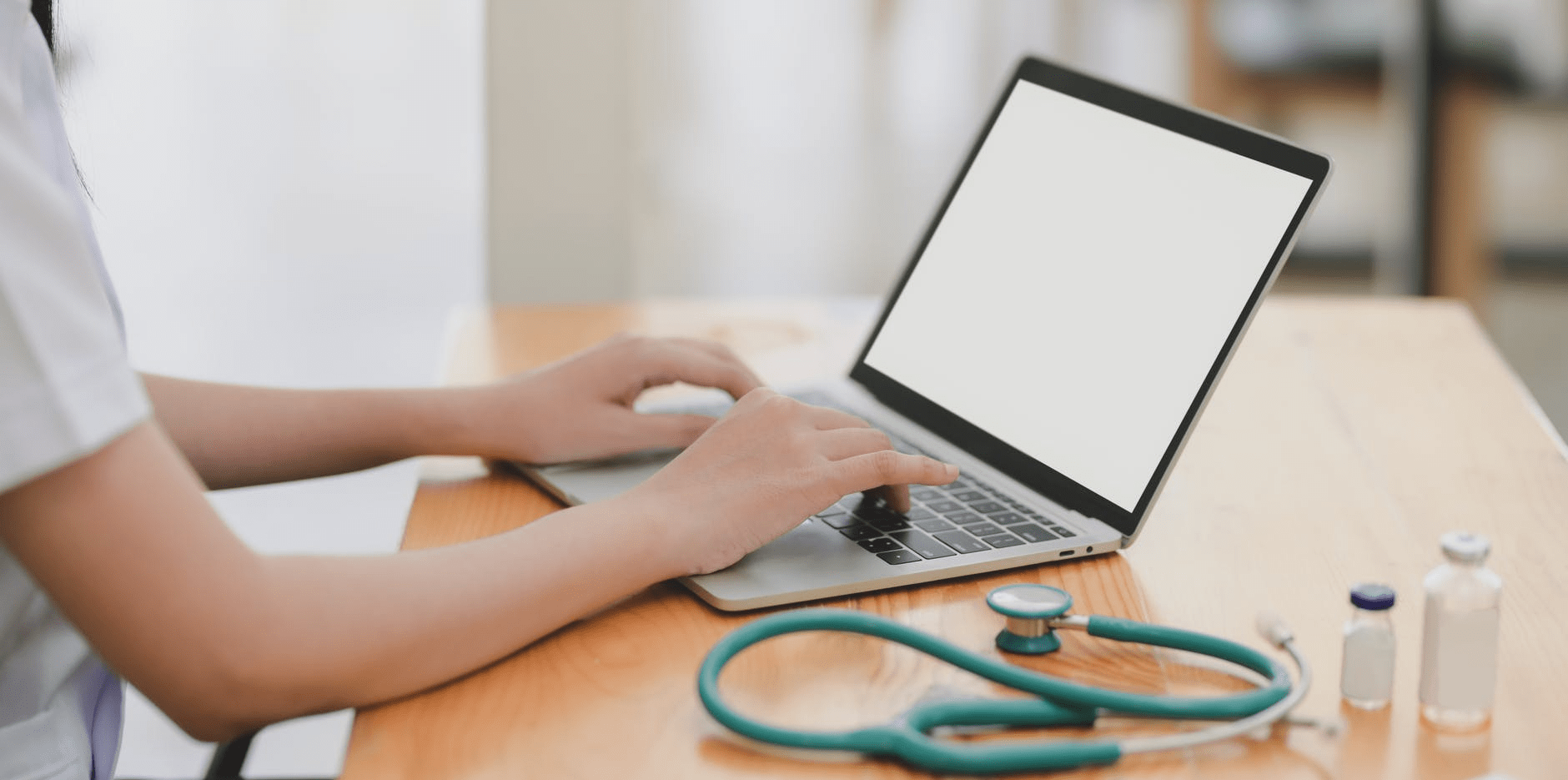Jul 29
2020
The Benefits of Remote Patient Monitoring In The Time of COVID-19
 By Adrian Johansen, freelance writer; @AdrianJohanse18.
By Adrian Johansen, freelance writer; @AdrianJohanse18.
COVID-19 has changed the medical world. As the amount of cases continues to rise with more hospitalizations and deaths than ever before, the medical community is scrambling to keep up. How can we protect the health and welfare of our chronically ill patients without putting them at risk for the disease? What about the real possibility of putting ourselves at risk? And then we have to consider mental health patients, who depend on their counselors and group meetings to cope.
Luckily, technology has come to the rescue for many. With the use of telehealth, high tech wearables, and the many applications that patients can now download on their smartphones, we are not completely vulnerable. We just need to think outside-the-box, so to speak. We can provide patients the care that they need and deserve without putting ourselves at undue risk. It’s just going to look way different than the traditional ways we are used to.
This article takes a look at these “high tech” ways of keeping in touch with patients and monitoring their conditions without exposing them or ourselves to COVID-19 or any other highly infectious diseases for that matter.
Doctor Visits Using Telehealth
Telehealth has been a saving grace for doctors and patients alike during COVID-19. It allows doctors to meet with their patients remotely over their computers or smartphones. In March, when President Trump declared COVID-19 a national emergency, the emergency act expanded resources to many key areas including telehealth. Due to this, telehealth is rapidly increasing in popularity.
With the help of telehealth, doctors can meet with their patients in a meaningful way without the worry of exposing them or ourselves to the virus. One feature that telemedicine offers is, if a patient has a sore or an area of their body that they are concerned about, they can take a picture of the area and download it to their physician on a secure network. The physician can then examine the area and determine whether they can provide treatment at a distance or if the patient needs to go into the doctor’s office.
For mental health patients, the isolation caused by COVID-19 can cause a relapse in their symptoms. In addition, many struggling with drug or alcohol dependency rely on group therapy to make it through the day. Telehealth has become invaluable in the mental health field. Many counselors and therapists are now offering online therapy sessions. In addition, group counseling continues to occur, albeit virtually. What’s more, many health insurers, including Medicare, are covering this type of treatment.
High Tech Wearables
Along with telehealth, health tech wearables are allowing doctors to monitor their patients remotely while patients stay at home and away from COVID-19 hotspots. Patients with chronic illnesses are more likely to be hospitalized and suffer severe consequences should they contract COVID-19, so this is an important development.
The FDA has recently approved the use of many highly-sophisticated wearable devices for at-home use when, before, they were only allowed in hospital or healthcare settings. These devices can monitor blood pressure, cardiac activity, and blood glucose levels among other things. This way, should patients become at-risk, both they and their doctor will know about it in time to take action.
Many health care professionals are also on the front lines of the COVID-19 pandemic and are risking their health and the health of their families by this constant exposure to the disease. Luckily, with devices such as the CSAIL, many lower risk COVID-19 patients can be sent home. The CSAIL can monitor breathing rates and sleep patterns remotely and allows doctors to keep an eye on their COVID-19 patients without exposing themselves to the deadly disease.
There’s An App For That
The amount of mobile health applications that people can now access on their smartphones is astounding. As of 2019, more than 318,000 health apps were available via the Google Playstore. More than 60% of people also claimed that they downloaded some type of health-related app at some point. More people download health apps than any other type of app including online banking apps and apps for educational purposes.
What do people download on their phones, exactly? Most health-related apps are food and calorie counters or apps that get people up and moving including exercise apps and step counters. There are, however, apps that cover everything including apps that manage your dental health. These dental health apps include teeth brushing games for children and ways for patients to digitally connect with their dentist or orthodontist online.
Some of the more unconventional health-related apps are symptom trackers for conditions that doctors and patients may find challenging to discuss. For example, there is one app, Bowel Mover Pro, which keeps track of exactly what it says: bowel movements and the state of such movements. This may seem very arbitrary and even nasty to some people, but it could be invaluable information for a doctor who is treating a patient with Irritable Bowel Syndrome. This type of app could prove very helpful, not just now during the COVID-19 outbreak, but for use after the pandemic is over.
Yes, the COVID-19 outbreak has changed the way we treat our patients. We can no longer see all of our patients face-to-face for fear of spreading this highly contagious disease or because of the real possibility of contracting it ourselves. Technology has stepped in with telehealth services, wearable symptom monitors, and more health apps than we can shake a stick at. No, it is not “business as usual” for most of us, but technology has allowed us to continue assisting our patients in this time of uncertainty.